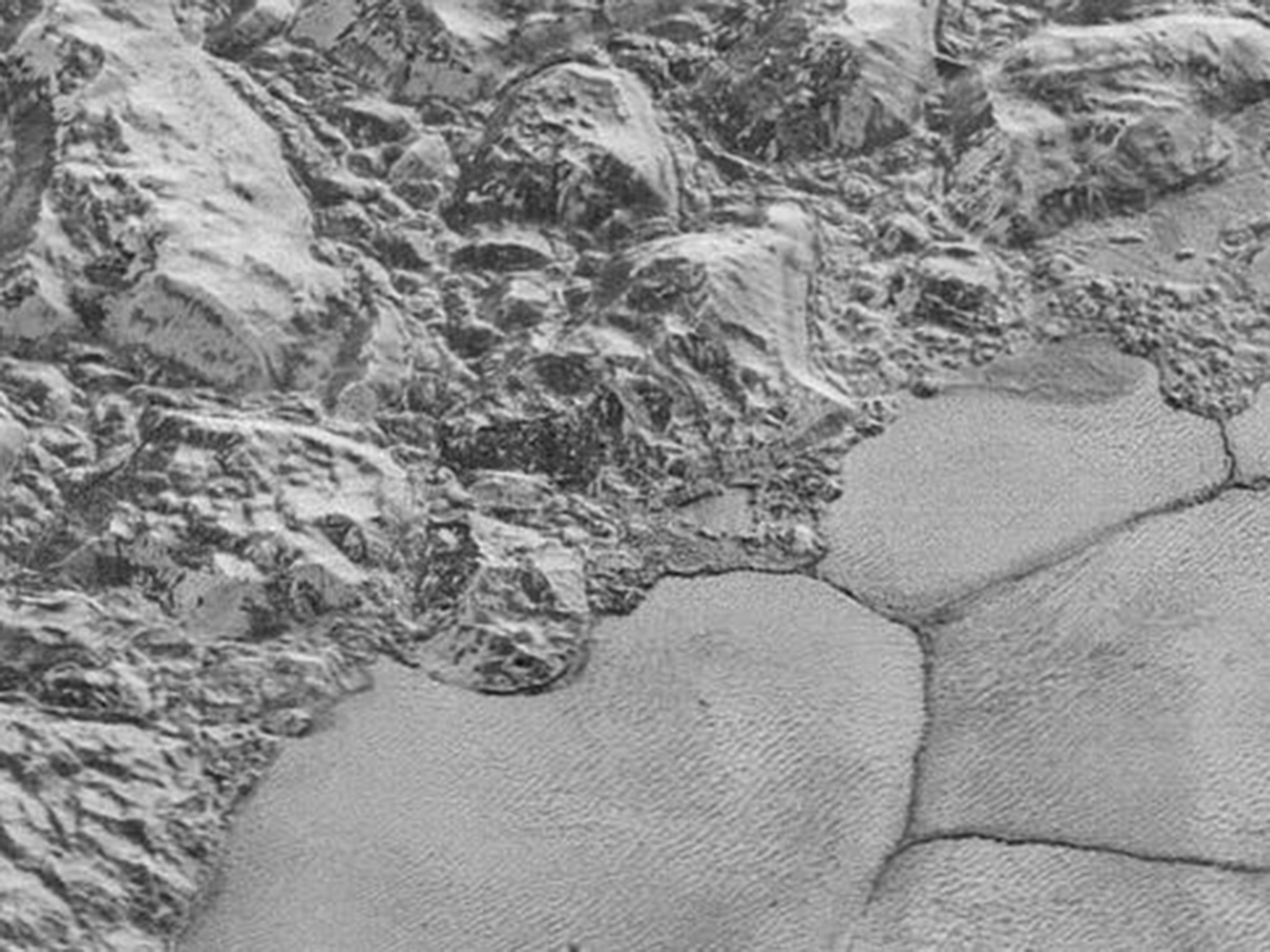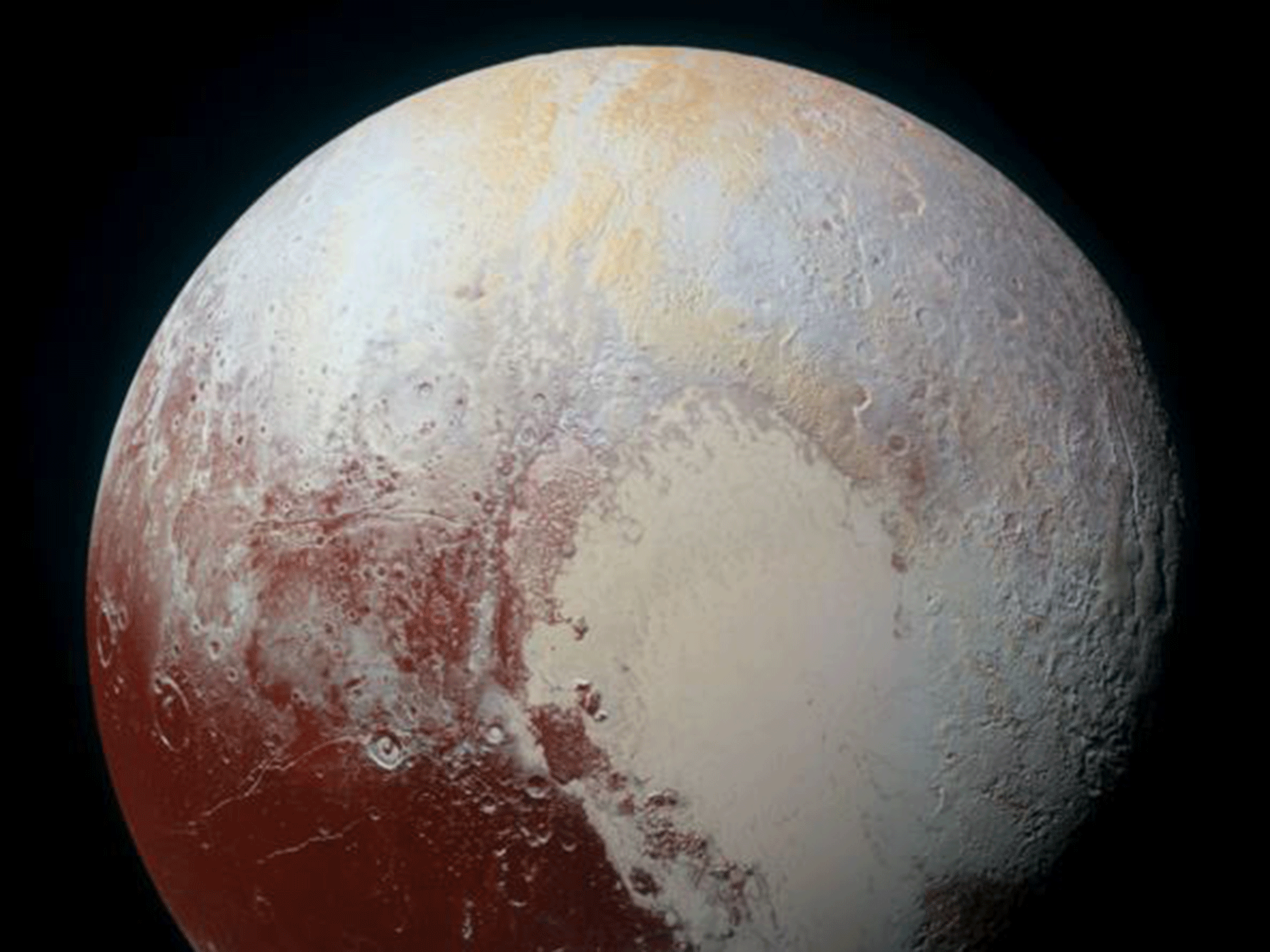Nasa New Horizons probe sends first close-up images of Pluto back to Earth
The pictures have travelled slowly through 5.2 billion km from the probe to Earth
Your support helps us to tell the story
From reproductive rights to climate change to Big Tech, The Independent is on the ground when the story is developing. Whether it's investigating the financials of Elon Musk's pro-Trump PAC or producing our latest documentary, 'The A Word', which shines a light on the American women fighting for reproductive rights, we know how important it is to parse out the facts from the messaging.
At such a critical moment in US history, we need reporters on the ground. Your donation allows us to keep sending journalists to speak to both sides of the story.
The Independent is trusted by Americans across the entire political spectrum. And unlike many other quality news outlets, we choose not to lock Americans out of our reporting and analysis with paywalls. We believe quality journalism should be available to everyone, paid for by those who can afford it.
Your support makes all the difference.Images from the closest flyby to Pluto in human history have been sent back to Earth by the space probe which took them.
The New Horizons probe, which Nasa sent to explore the edges of the solar system in 2006, has returned super-sharp pictures from its historic flyby of the dwarf planet during July this year.
The pictures of Pluto are close enough that, if they were of the Earth, one could easily discern a city park, according to the BBC.

Nasa explains the reason for the nine year space mission on its website:
"The New Horizons mission is helping us understand worlds at the edge of our solar system by making the first reconnaissance of the dwarf planet Pluto," it says.

"And by venturing deeper into the distant, mysterious Kuiper Belt – a relic of solar system formation."
The Kuiper belt is a region beyond the orbit of Neptune believed to contain smaller bodies made mostly of ice.
Pluto, meanwhile, is shown in the pictures to have water-ice mountains, craters and nitrogen-rich ice fields.
New Horizons was about 12,500km from the surface of the dwarf planet when it took the pictures, the BBC reported.
But the information has travelled very slowly back to Earth owing to the vast separation of 5.2 billion km and relatively small transmitter on the probe.
It will continue to press on into space and is on course to fly by another object in three years time.

Join our commenting forum
Join thought-provoking conversations, follow other Independent readers and see their replies
Comments